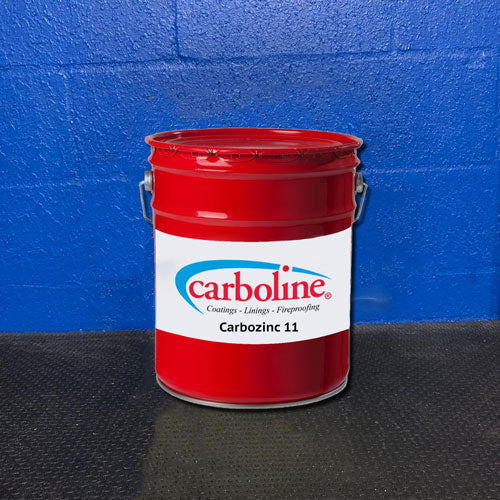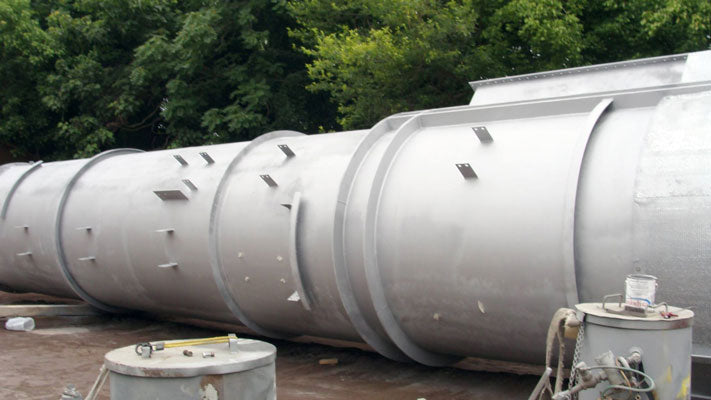Hot-dip Galvanizing vs. Inorganic Zinc-Rich Primers for Steel Structures
1. How Large is the Structure?
Size plays a big role in corrosion protection decisions. For smaller steel components like handrails, stair treads, angle irons, braces, or connectors, hot-dip galvanizing shines as the most budget-friendly option.
Take the tall electrical transmission towers stretching across rural landscapes—built from many small steel pieces—as a perfect example. These galvanized structures can endure for decades. Hot-dip galvanizing excels with smaller parts.
- Small structures and parts are good for hot-dip applications
- Large structures like bridges are more economical to treat with inorganic zinc-rich primers like Carbozinc 11
When dealing with large structural members—long and deep—galvanizing gets trickier. Preparing, handling, and dipping these hefty pieces requires abrasive blasting to clean the surface and create a rough texture for the liquid zinc to grip. This can complicate the process. Meanwhile, inorganic zinc-rich primers become the better choice for oversized steel. These large fabricated parts might be made in one facility, shipped to a galvanizer equipped for big jobs, then sent back for assembly—driving up transportation and handling costs.
By comparison, inorganic zinc-rich primers need only abrasive blasting and a simple spray pump. Applied like paint, they’re just as tough as galvanizing, drying in minutes and ready to ship almost instantly.
2. What Environment Will It Face?
Beyond size, the steel’s expected surroundings matter. For rural or mild industrial settings, hot-dip galvanizing is a top pick. But in marine (salty) or harsh industrial environments, studies and real-world use show galvanizing falters without a topcoat.
Inorganic zinc-rich primers, however, thrive in marine conditions thanks to their porous film. The tough, inert silicate binder locks zinc particles in place, offering more surface area for galvanic protection.
While they outshine galvanizing in salty air, they’re still often topcoated to maximize lifespan.
In industrial settings with acidic or caustic conditions, both methods need topcoats to shield the zinc from chemical damage. The right topcoat depends on the exposure, desired look, and how long the protection needs to last.
Topcoating inorganic zinc-rich primers is straightforward, but galvanizing poses challenges.
The American Galvanizers Association suggests letting galvanized steel “weather” for 6-18 months before painting due to surface changes during transit—adding hassle for marine or industrial uses.
By comparison, inorganic zinc-rich primers need only abrasive blasting and a simple spray pump. Applied like paint, they’re just as tough as galvanizing, drying in minutes and ready to ship almost instantly.











